3D Mixer
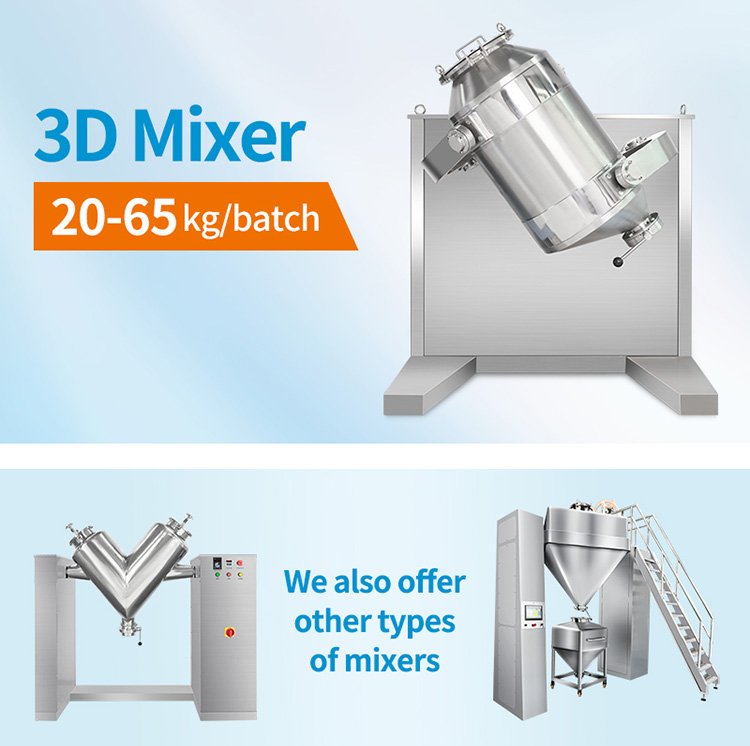
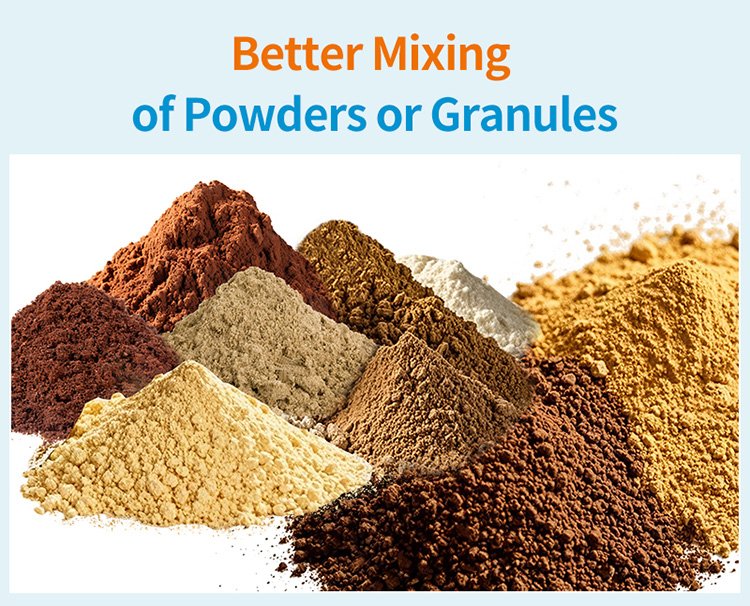
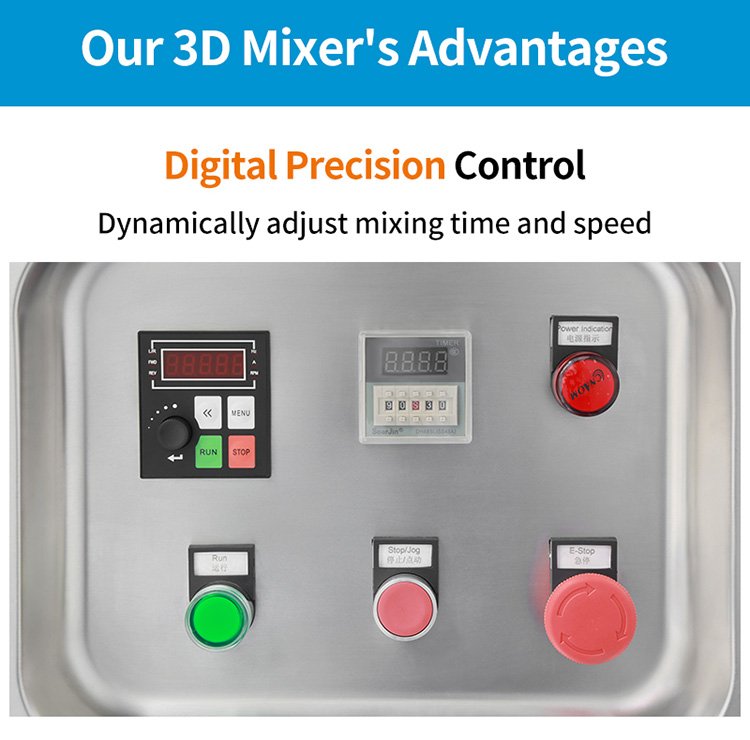
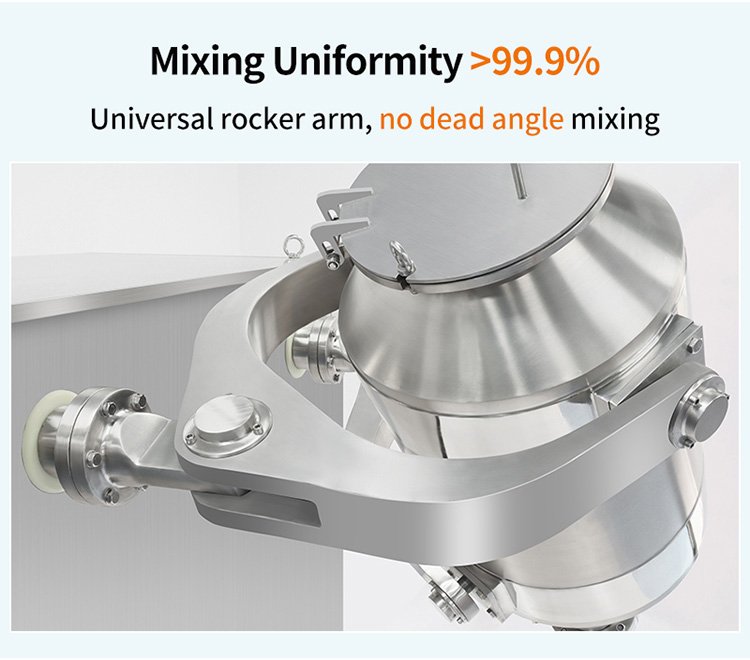
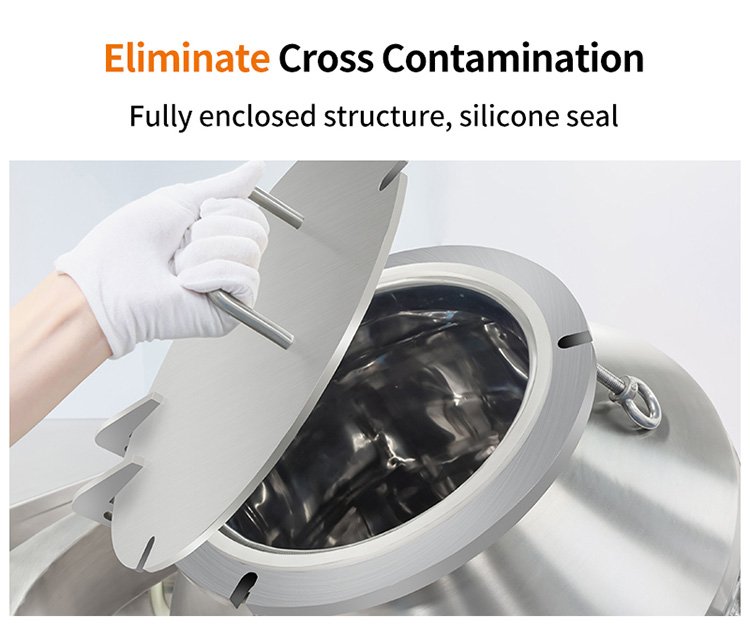
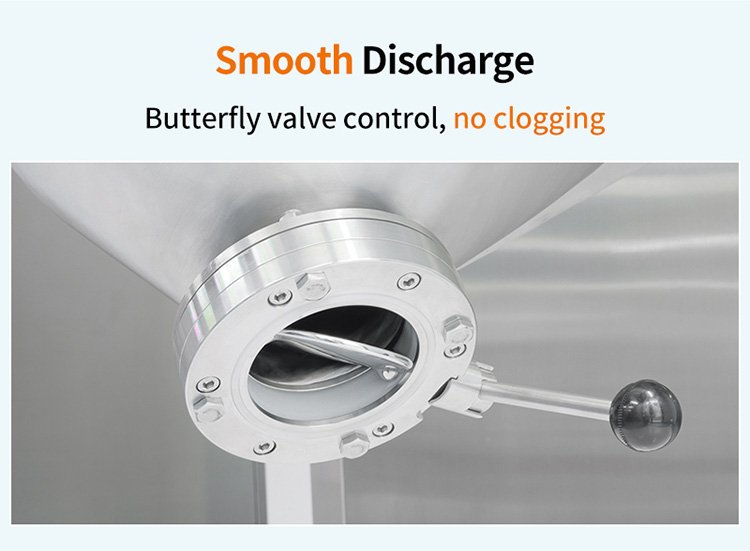
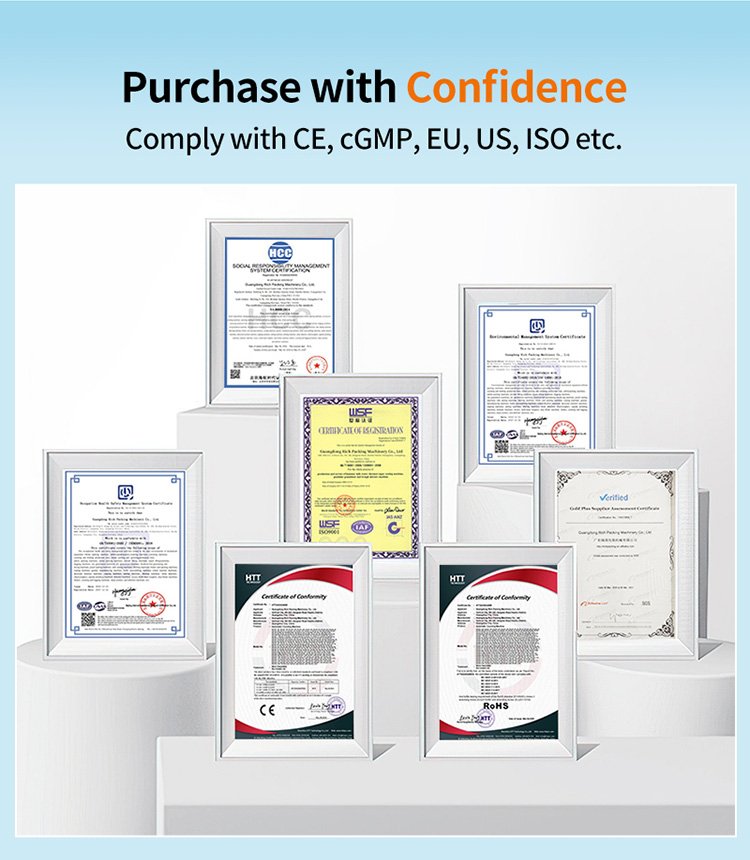

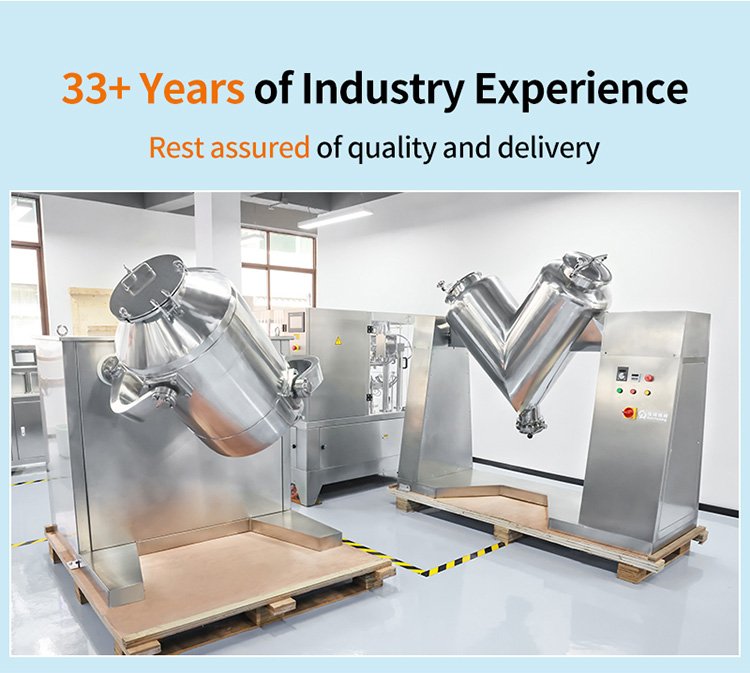
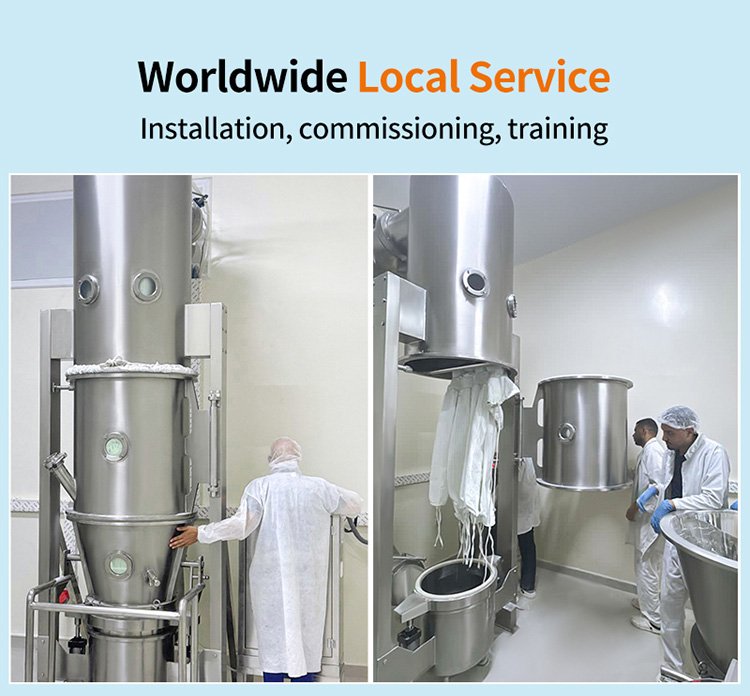
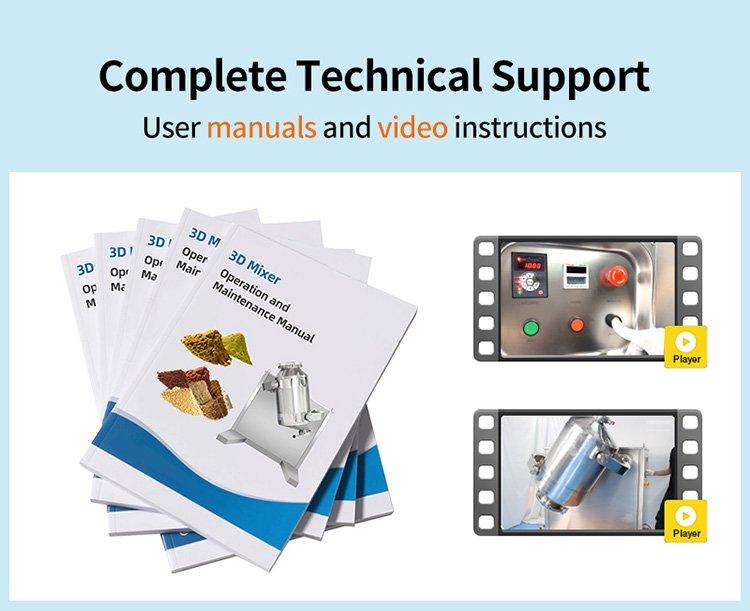
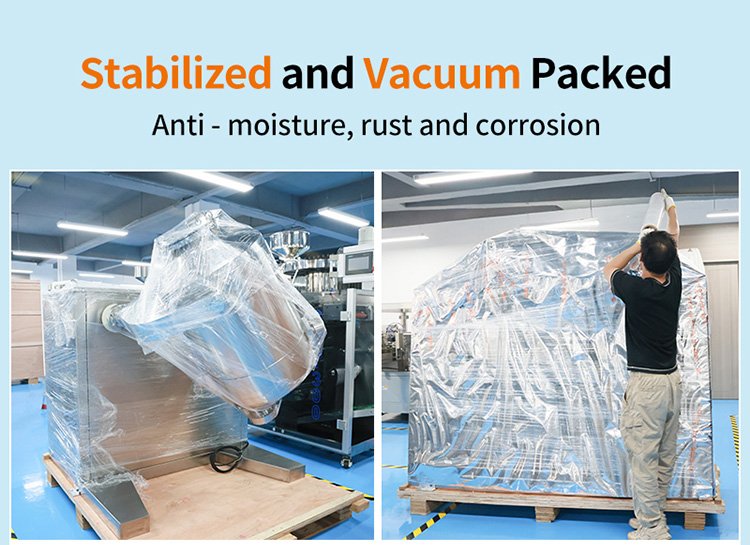
| Product Name | 3D Mixer Machine |
| Capacity | 10-50 kg/batch |
| Voltage | AC380v 3 phases 50Hz, can be Customized on demand |
Want to know about this product?
Feel free to contact me, and I will be more than happy to answer all of your questions.
Mixing Problems in Solid Dosage Production and the Breakthrough of 3D Mixers
In the pharmaceutical industry, solid dosage forms such as tablets and capsules dominate the market, becoming a popular choice for patients and pharmaceutical companies thanks to their significant advantages, including high stability, convenient administration, and manageable costs. However, the production process for solid dosage forms is complex, encompassing numerous key steps, including pulverization, mixing, granulation, drying, and tableting. Each step has a decisive impact on drug quality, with mixing being of paramount importance.
The purpose of mixing is to evenly blend a variety of materials with different properties, such as main drugs and excipients, to ensure that the content of each ingredient in the drug is accurate, thereby ensuring the stability and consistency of the drug quality and providing solid protection for the patient's treatment effect.
While traditional mixing equipment, such as trough mixers and V-type mixers, has long been used in the pharmaceutical industry, their drawbacks have become increasingly prominent with the continuous advancement of pharmaceutical manufacturing processes and increasingly stringent quality requirements. Trough mixers are prone to mixing dead zones, making it difficult to fully mix some materials. V-type mixers, on the other hand, can easily cause gravity segregation when handling materials with significantly different specific gravities, leading to uneven mixing. Furthermore, traditional mixing equipment is generally difficult to clean, making it difficult to meet the stringent requirements of cGMP .
Against this backdrop, the 3D Mixer for Powder offers an innovative solution to the mixing challenges faced in solid dosage form production. Its unique three-dimensional motion completely overcomes the limitations of traditional mixing equipment, enabling comprehensive, seamless mixing of materials during the mixing process, effectively avoiding problems such as gravity segregation. Furthermore, the 3D Mixer Machine's design fully considers cleanability and ease of use, easily meeting the stringent standards of c- GMP, opening up a new path for pharmaceutical companies to improve production efficiency and ensure drug quality.
The core use of three-dimensional mixers in the production of pharmaceutical solid dosage forms
Precision mixing of pharmaceutical raw materials
In the production of solid dosage forms such as tablets, capsules, and granules, the active pharmaceutical ingredient (API) and excipients such as fillers, lubricants, and disintegrants require highly precise mixing. The unique feature of a 3D Powder Mixer is its ability to achieve three-dimensional compound motion: translation, rotation, and tumbling. This process creates three-dimensional convection in the axial, radial, and circumferential directions, ensuring uniform distribution of materials of varying particle sizes, from micron-sized powders to millimeter-sized granules, and with density differences of 5:1 or greater.
This uniform mixing provides a solid foundation for subsequent granulation and tableting processes. During granulation, uniform materials can form granules of more uniform size, which helps improve the success rate of tableting and the stability of tablet quality. During tableting, uniform materials can control the weight variation of tablets to a very small range, ensuring the accurate dosage of each tablet, thereby ensuring stable and reliable drug efficacy.
Efficient preparation of multi-dose formulations
Tablet pressing production: Pharmaceutical 3D Mixing Machine plays a crucial role in the preparation of compound tablets. For example, a common compound cold medicine tablet contains active ingredients such as acetaminophen, caffeine, and artificial bezoar, as well as binders such as starch and dextrin, and flavoring agents such as sweeteners. During the mixing process, a 3D mixer quickly and thoroughly blends these ingredients. After the mixed material is granulated, its flowability is significantly improved. During tableting, tablet weight variation can be controlled within ±2%, and the incidence of tablet splitting has been reduced from 5% using traditional mixers to below 1%.
Capsule filling: Capsules require extremely high uniformity of contents, especially when mixing low-dose ingredients. The three-dimensional mixer, with its seamless mixing capabilities, ensures highly consistent ingredients within each capsule. High-performance liquid chromatography analysis of multiple batches of capsules revealed that the relative standard deviation (RSD) of low-dose ingredients in each batch was less than 1%, effectively preventing fluctuations in efficacy due to dosage deviations and providing patients with more stable and reliable treatment outcomes.
Granules and Powders: For materials that are highly hygroscopic or prone to agglomeration, such as certain antibiotic granules, the gentle mixing process of the 3D mixer effectively maintains granule integrity. During mixing, the materials are protected from strong mechanical forces that could cause particle breakage or increased agglomeration. Granules mixed in the 3D mixer exhibit excellent flowability, suitable for direct packaging. For powders requiring further processing, the mixer also ensures uniformity and stability during subsequent processing, ensuring that product quality meets stringent standards.
Automation of production processes
In modern pharmaceutical production, three-dimensional mixers can seamlessly integrate with granulators, tablet press machines, and tablet coating machines to form intelligent production lines. For example, in the solid dosage form production workshop of a large pharmaceutical company, a PLC control system allows operators to simply input parameters such as mixing time and speed on the control terminal, and the three-dimensional mixer will accurately operate according to the set program. From the automatic feeding of materials to the automatic discharge after mixing, the entire process requires no excessive human intervention, effectively reducing errors caused by manual operation.
When coupled with a granulator, the mixed material can be directly and precisely delivered to the granulator, enabling continuous production and significantly improving production efficiency. According to statistics, after using the three-dimensional mixer and implementing automated, linked production, the company's solid dosage production efficiency has increased by approximately 40%, while also significantly enhancing product quality and stability.
Technical advantages of 3D mixers: Why is it the preferred choice in the pharmaceutical industry?
Efficient mixing: subverting traditional mixing efficiency
Unlike two-dimensional mixing, the material movement path of a three dimensional mixer covers the entire cylinder space, achieving mixing uniformity exceeding 99.9%, a 20% improvement over traditional V-shaped mixers. For example, a 1000L volume unit can complete a batch in just 8-15 minutes, a 50% reduction compared to a horizontal ribbon mixer, significantly reducing energy consumption and equipment utilization.
Mixing without dead angles: Overcoming complex material problems
The cylinder features a fully circular transition design and a mirror-polished interior (Ra ≤ 0.2μm), eliminating dead corners where materials can accumulate. For highly viscous, easily agglomerated materials (such as formulations containing microcrystalline cellulose and lactose), the three-dimensional tumbling motion effectively breaks down the van der Waals forces between particles, achieving loose and uniform mixing and preventing abnormal dissolution rates caused by localized excess concentrations.
Low damage and high compatibility
The mixing process eliminates centrifugal forces, minimizing the risk of damage to fragile particles (such as coated pellets and sustained-release granules) while preserving the material's original physical properties. Furthermore, it is compatible with both solid-solid and solid-liquid (with small amounts of liquid added) mixing scenarios. By adjusting the speed and mixing time, it can meet the requirements of various formulations and processes, making it particularly suitable for the development and production of innovative formulations (such as sustained-release and controlled-release formulations and pellets).
Clean and easy: cGMP compliant
The equipment features a quick-release structure with a separate drum and drive system, ensuring complete removal of residual material during cleaning. A standard CIP spray ball provides 360° cleaning of the interior walls. Cleaning validation meets the FDA's stringent standards for residual levels (≤10ppm), eliminating cross-contamination between batches and ensuring safety for multi-product production.
Conclusion: 3D mixer for pharmaceutical leads the upgrade of solid dosage form production
From raw material mixing to formulation molding, 3D mixers, with their high efficiency, uniformity, and compliance, have become standard equipment for pharmaceutical solid dosage production. Through appropriate model selection and process optimization, pharmaceutical companies can fully leverage the technical advantages of three-dimensional mixers, improving drug quality while optimizing both production costs and efficiency, injecting new momentum into the industry's high-quality development .


















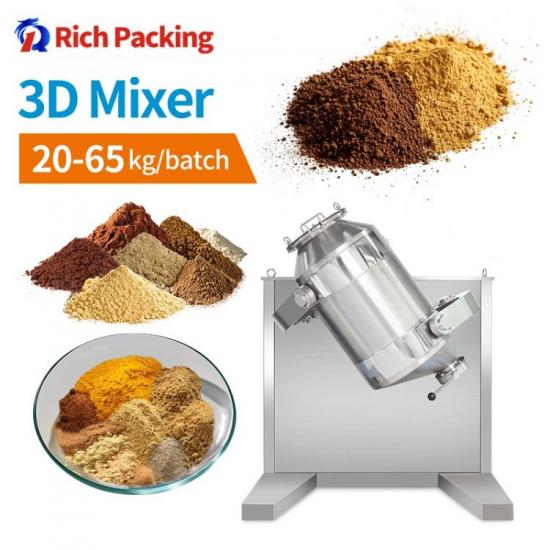
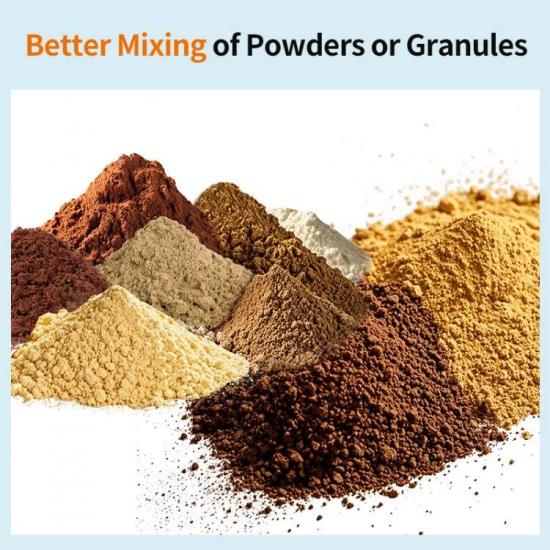

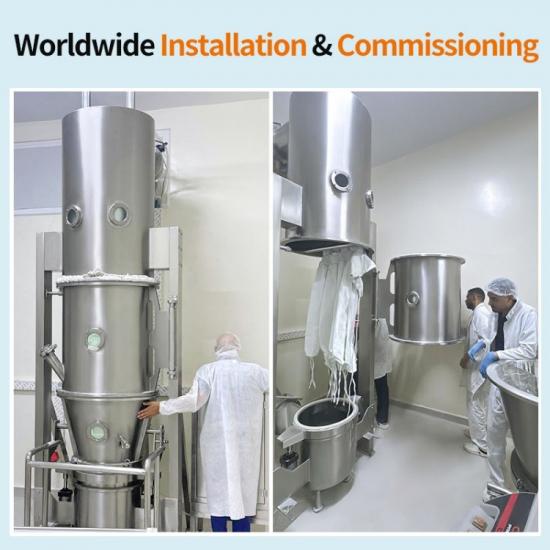
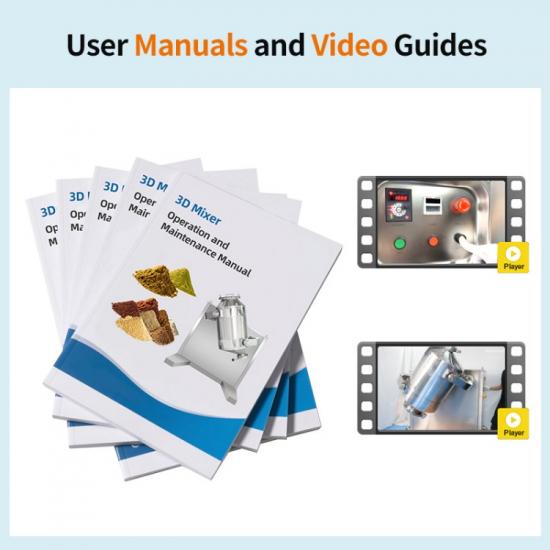
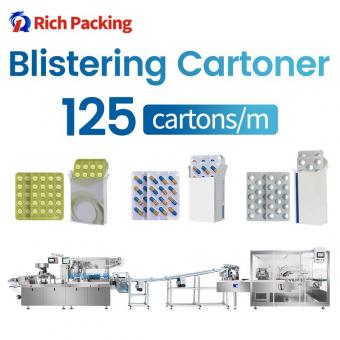
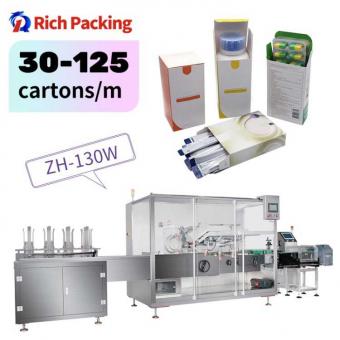
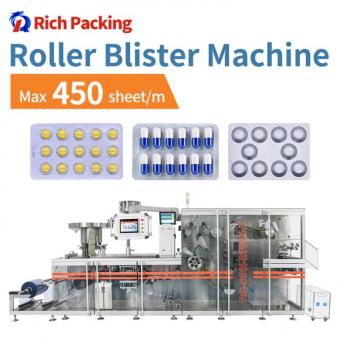
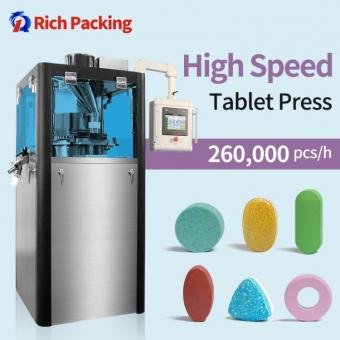
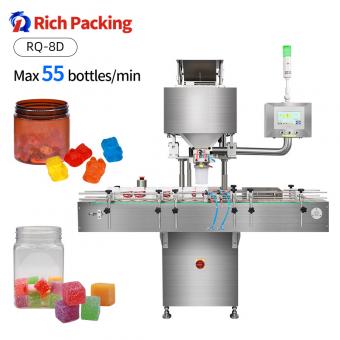
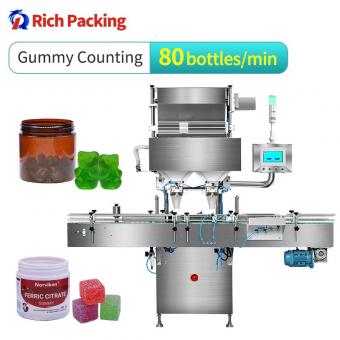
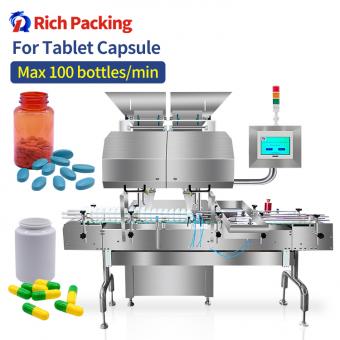
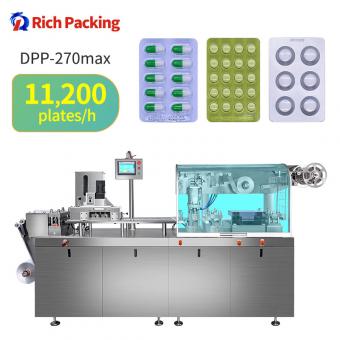
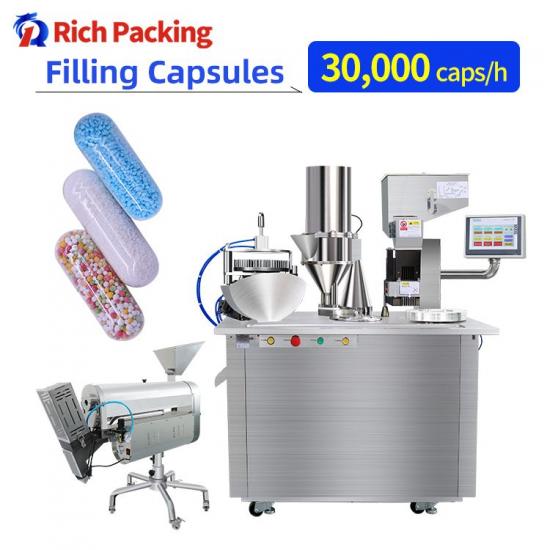
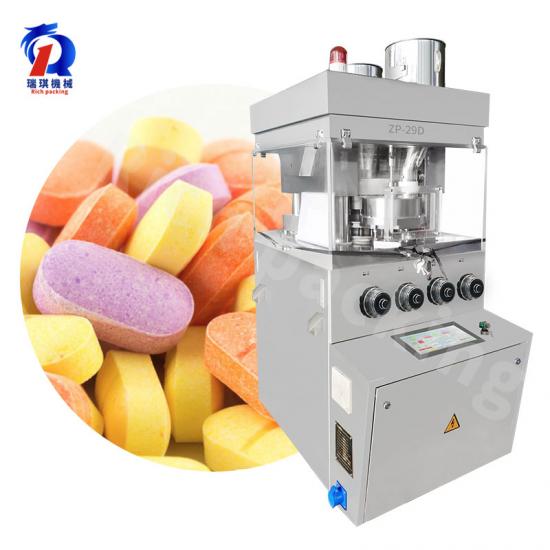
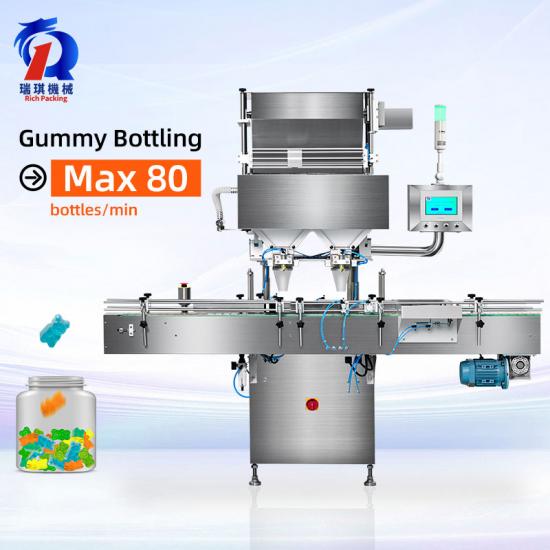
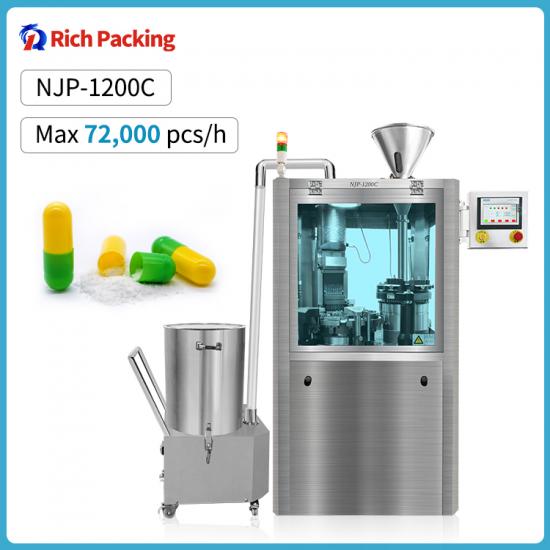
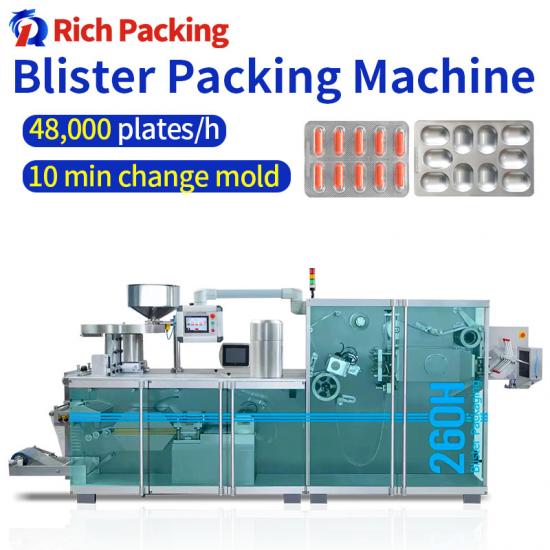
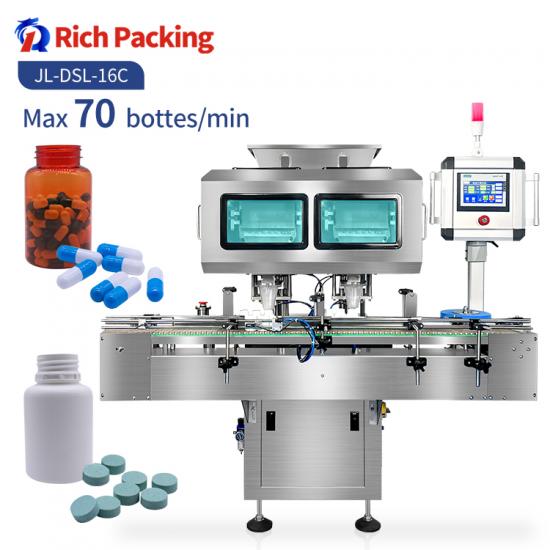
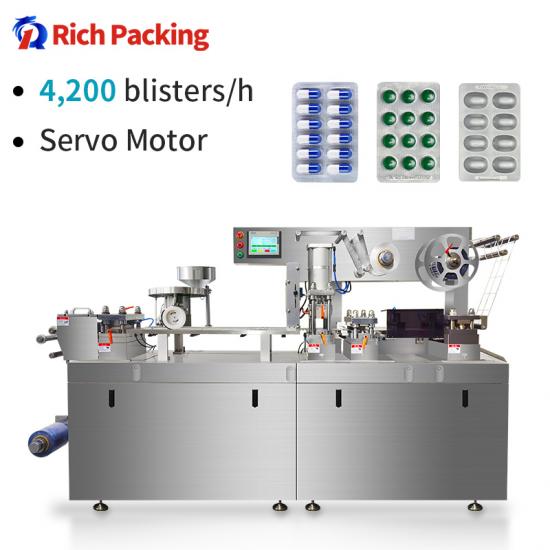
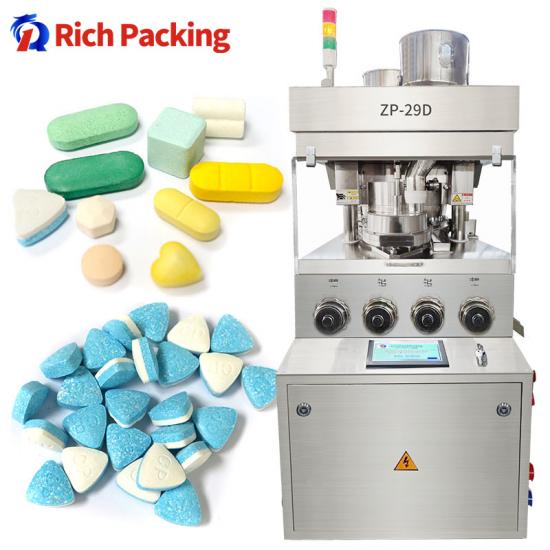
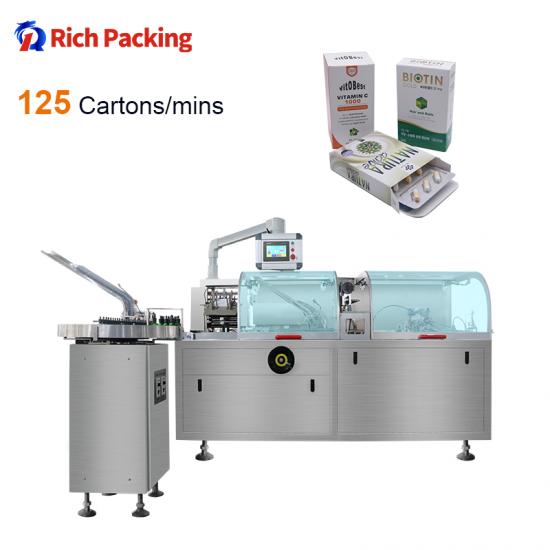

 IPv6 network supported
IPv6 network supported